As I wrote in Middle School Chemistry for Relaxed Homeschoolers, we’ve been taking Caroline through a study of the elements, molecules, and reactions using books I knew would appeal to her and fit her learning style. My goal is to introduce her to the vocabulary and also gain an understanding of elements and how they fit into the bigger scheme of science. I see this as preparing her for high school science, specifically chemistry. She already has a strong interest in astronomy and is gifted in the visual-spatial realm. Knowing this, I believe she will probably also find physics interesting when we get to it. However, the dyscalculia is a big challenge when it comes to science. This is something I’ve been trying to figure out as I think about getting to high school level learning.
I received these materials for free to write this review and am being compensated for my time to do so. All content is my own except for clear quotes from curriculum publisher’s materials. I was not required to provide a positive review.
An opportunity to do a review of a new-to-me high school science curriculum came up and I almost didn’t look at the details. This was partially due to the fact that I was busy and partially because I assumed it wouldn’t work because it’s challenging to find curriculum that is a good fit for my learner. I am so glad I took a look at this and have the opportunity to review Integrated Physics & Chemistry from Paradigm Accelerated Curriculum (PAC).
Why?
This two year high school science curriculum is specifically written for learners who struggle with math. It allows them to enjoy and embrace all of the fascinating concepts without getting bogged down by complex mathematical formulas and processes.
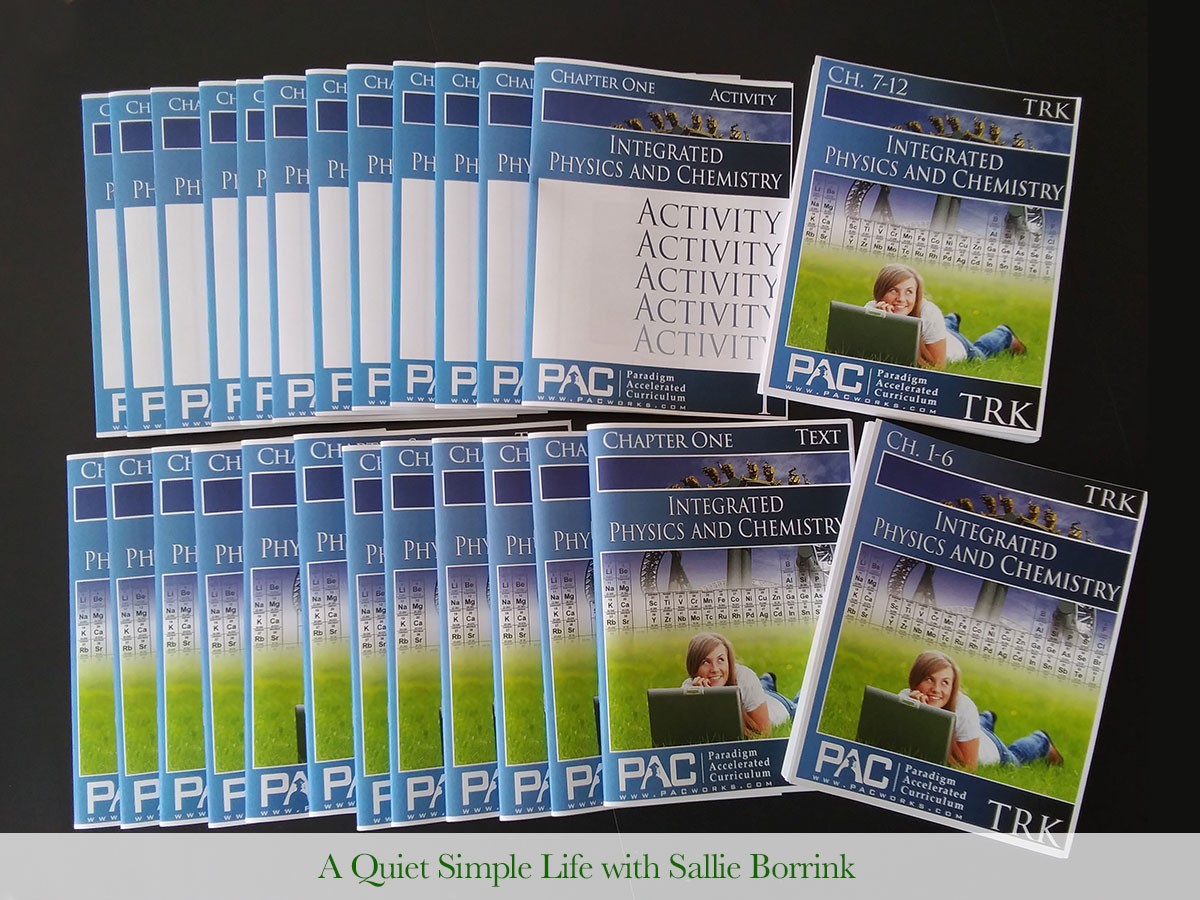
PAC describes it this way:
The author and editors have deliberately avoided complex mathematical equations in order to entice students into high school level science. This course introduces students to the people, places and principles of conceptual physics and basic chemistry without focus on complicated mathematical equations, which often discourage students.
In other words, it’s fantastic for a student who enjoys science topics but might find it challenging to keep up with traditional science courses that are heavily math dependent.
So I’m writing this review without having actually used the curriculum with Caroline at this point. We’ve looked through it and I’m planning on using it as part of her high school science requirements.
With that caveat, my goal today is to introduce you to this curriculum and explain how it might be the answer for many of you who have a gifted/2e child, a child with dyscalculia, a child with a language based learning disability (LBLD), etc. There are several aspects to this curriculum that I think can make it a solid fit for these kinds of bright kids who need adaptations to make something work.
Four Features I Like In Integrated Physics & Chemistry
First, the course “introduces students to the people, places and principles of conceptual physics and basic chemistry without focus on complicated mathematical equations, which often discourage students.” This one line was what made me sign up to do this review. If you have a child with dyscalculia or who otherwise struggles with math, you know how much this can spill over into science subjects. I was thrilled to find a high school science curriculum that didn’t require advanced math skills.
Two, the curriculum is put together in letter-sized saddle-stitched booklets of approximately 60-65 pages. Each chapter has both a Text booklet and an Activity booklet. There are twelve chapters for a total of 180 lessons.
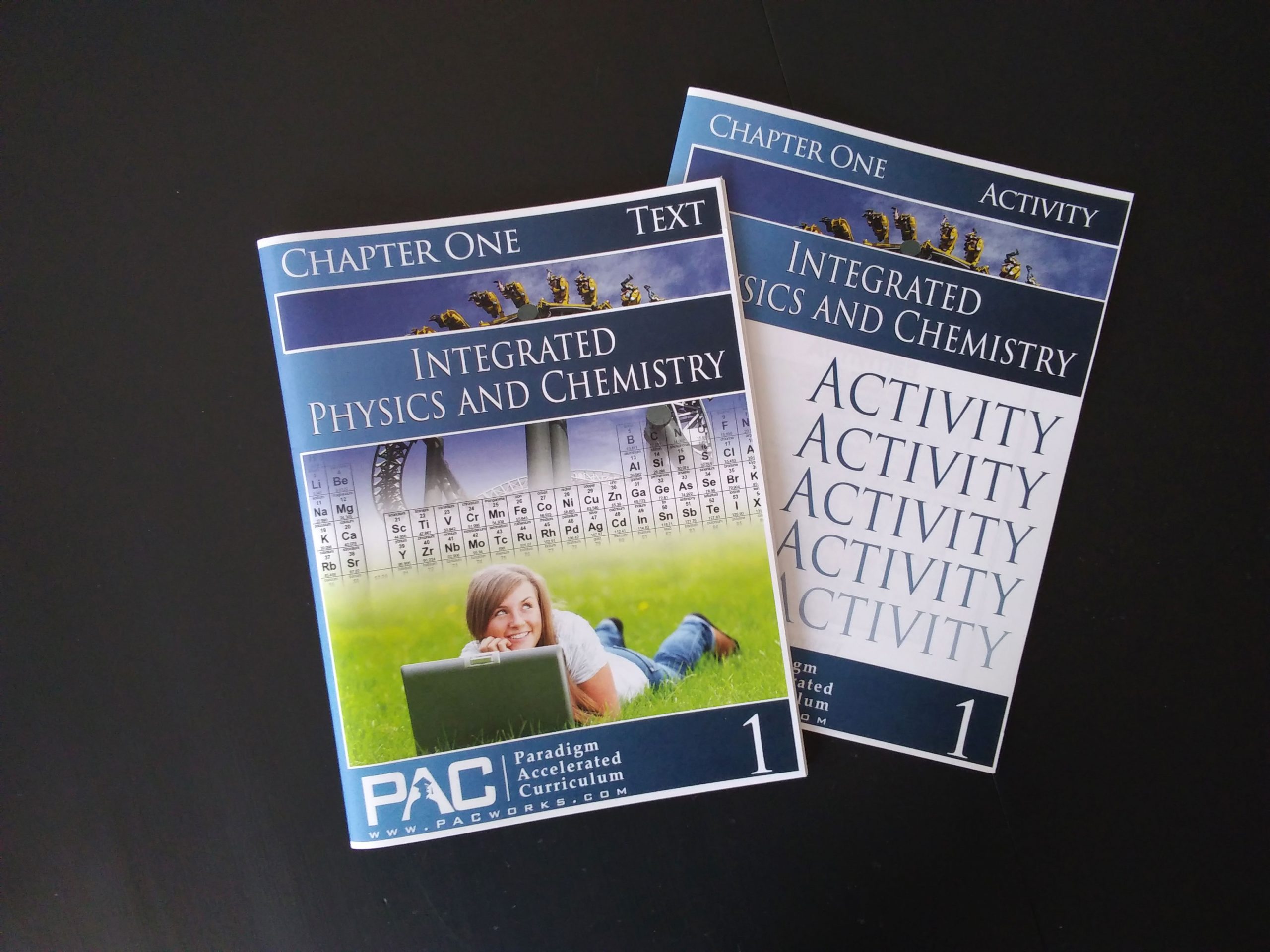
The books are simply designed which, again, is great for students who are easily overwhelmed by too much “stuff” on a page or too big of a book due to processing issues, etc. I learned that very simple page design is the best way to go for my highly creative child to learn academic subjects such as math and science. It seems counter-intuitive. You would think a child who is all about color and design would work best in books full of such things. For academic subjects, it’s just the opposite. The colorful elements books work well for that kind of learning. For this kind of learning, simple is best.
These booklets are black and white inside. They do have some illustrations and design elements.
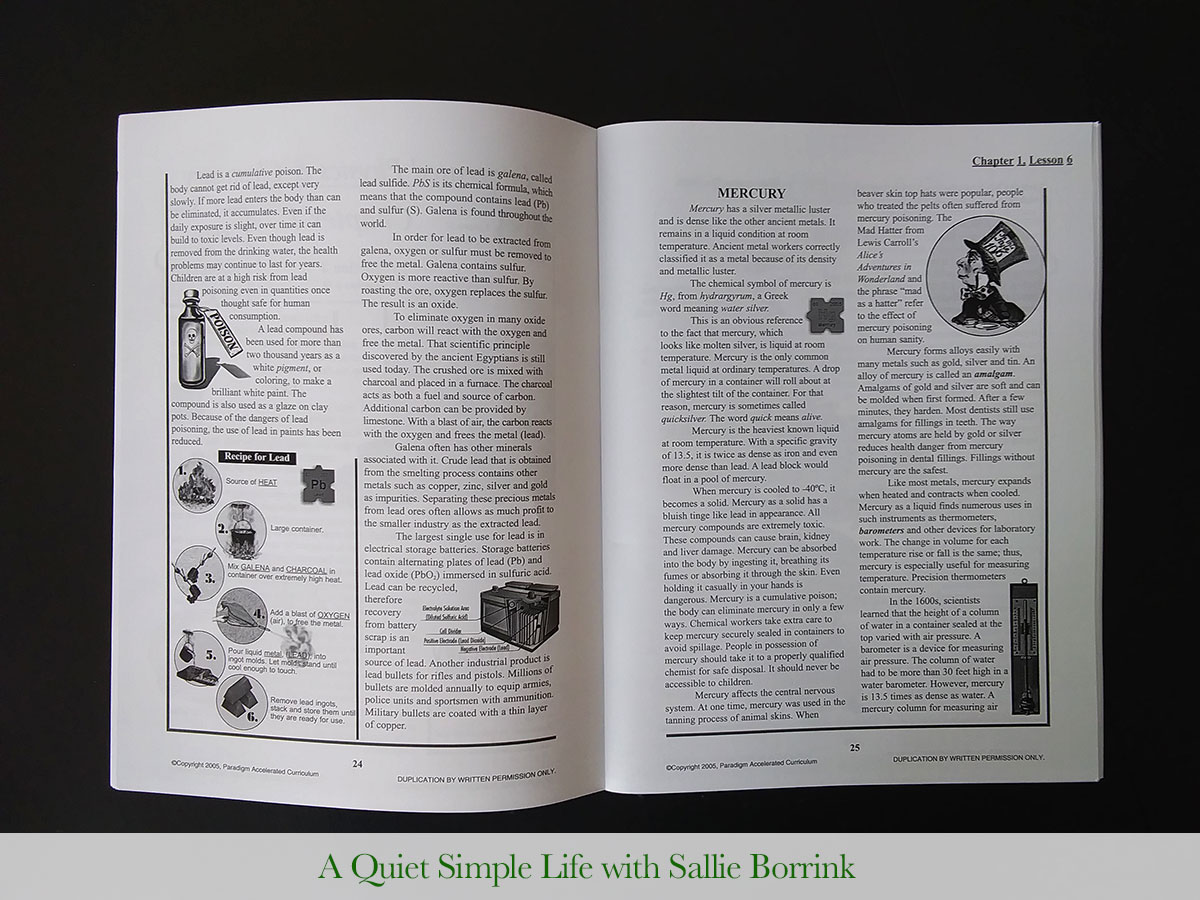
In all honesty, the booklet design is a bit dated on the inside. They were published in 2005 and so they look like they were designed at that time. I mention this because I often discuss design whether it is in other products I review, picture books I write about, or my own products that I create with David (my graphic designer husband). Design matters a lot to our creative family and it comes up frequently when I write here. So I wanted to mention that the design is a bit dated, but it isn’t enough to put me (or Caroline) off from the booklets. I do think, however, they could be updated and made even better.
Three, the courses require minimal writing. For students with dysgraphia, this is also a bonus feature. The activities, quizzes, and tests are primarily multiple choice and fill in the blank. They are straightforward which is great for students who benefit from simple and easy to follow.
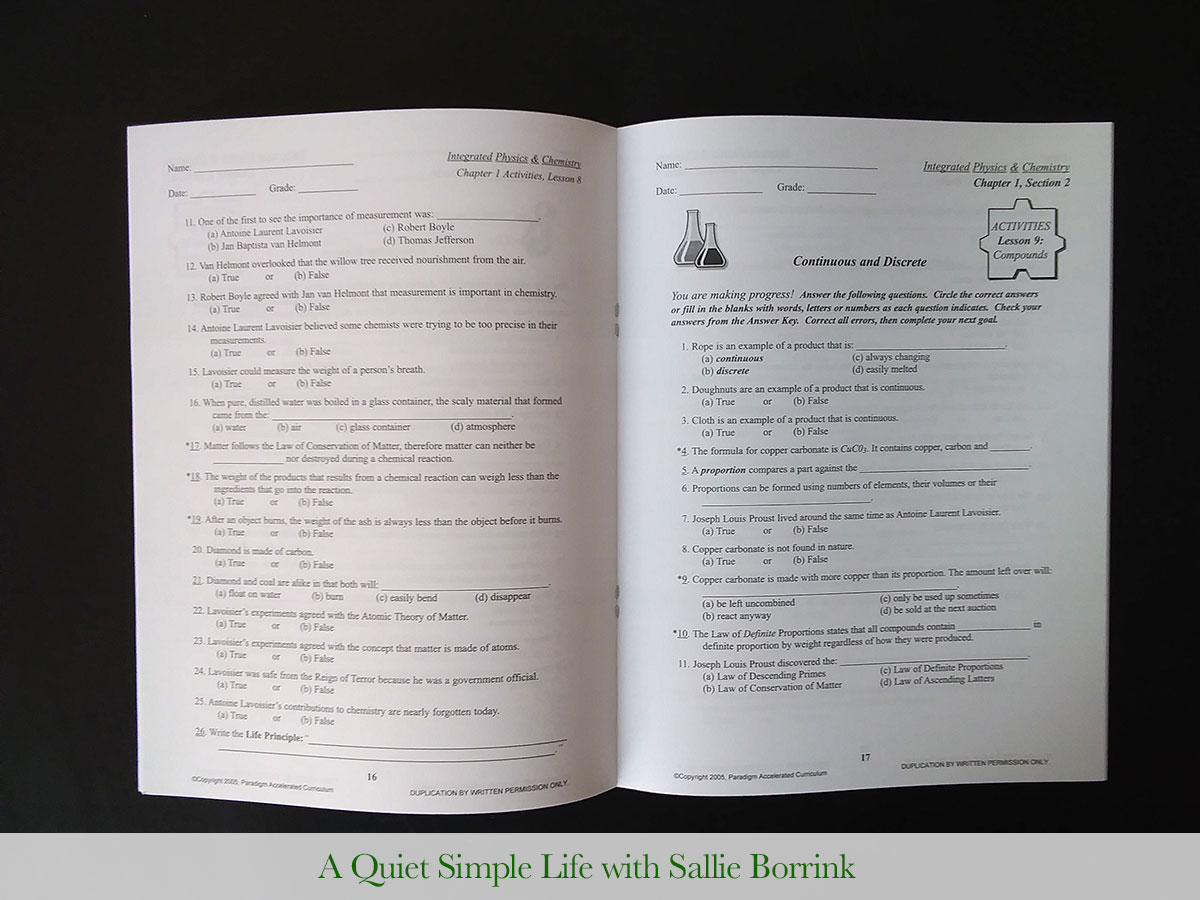
Four, there is an emphasis on character development throughout. It comes through in various stories, quotes, etc. throughout the materials. I appreciate this addition without it feeling forced or preachy.
Overview Of Integrated Physics & Chemistry From PAC
PAC explains the course this way:
IPC focuses on research by the people who contributed to development of the Periodic Table of the Elements. Students learn to read and apply the Periodic Table, while gaining insight into basic chemistry and physics. This is one of our most popular courses among high school students, especially those who aspire to matriculate to college, but are challenged by science courses based on complex mathematical and technical skills. IPC is also an excellent course for pre-high school students who aspire to take conventional chemistry and physics courses permeated with mathematical equations.
Integrated Physics & Chemistry is written to be a two year program and worth two high school credits. It can also be utilized this way as outlined in the book:
- Chapters 2, 4, 6, 9, 10, and 12 can be counted as Conceptual Physics for one high school transcript credit
- Chapters 1, 3, 5, 7, 8, and 11 can be counted as Basic Chemistry for one high school transcript credit
The Teacher Resource Kit (TRK) contains the quizzes, chapter tests, and answers to activity questions in the Activities booklet.
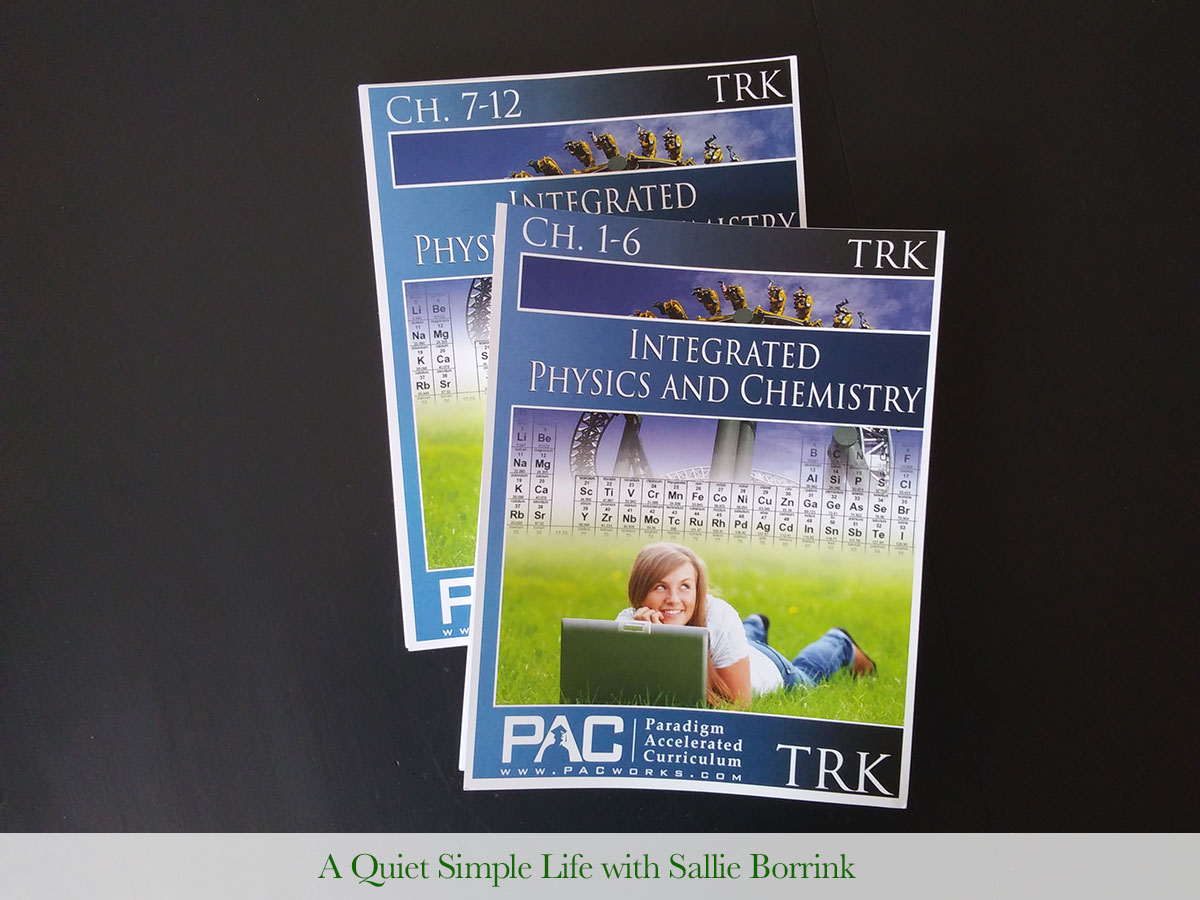
The contents of the TRK are designed to be stored in a three ring binder.
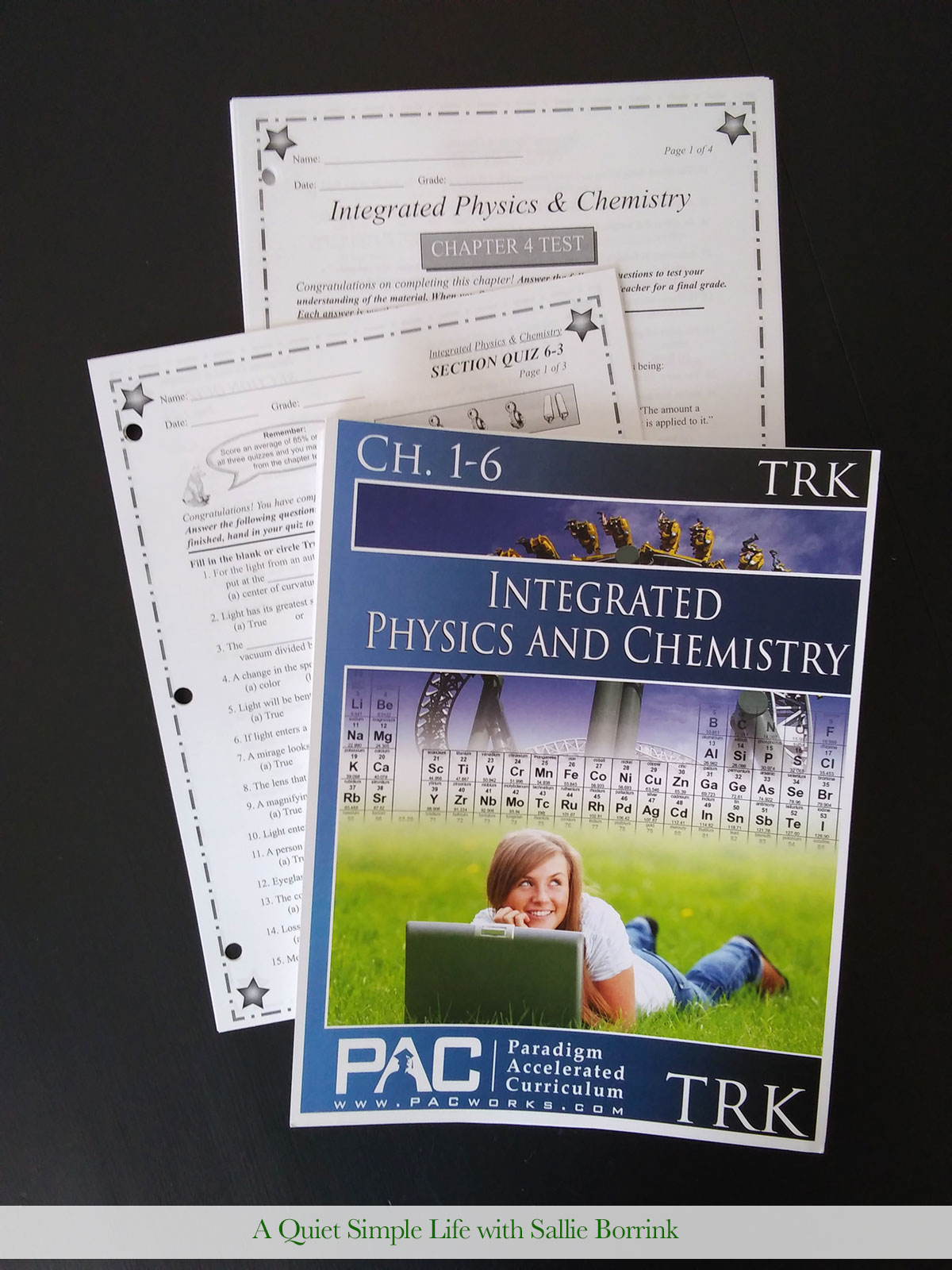
The course is designed in such a way that a motivated student could move through it quickly. It lends itself well to fairly independent work that would require very little preparation by mom. This could work well for many families who need a curriculum that encourages more independent studying at the high school level.
I encourage you to click over and see all of the interesting courses they have for science, history, government, math, English, and more. If you know someone who is looking for curriculum for a child with specific learning needs, feel free to share this post with her!
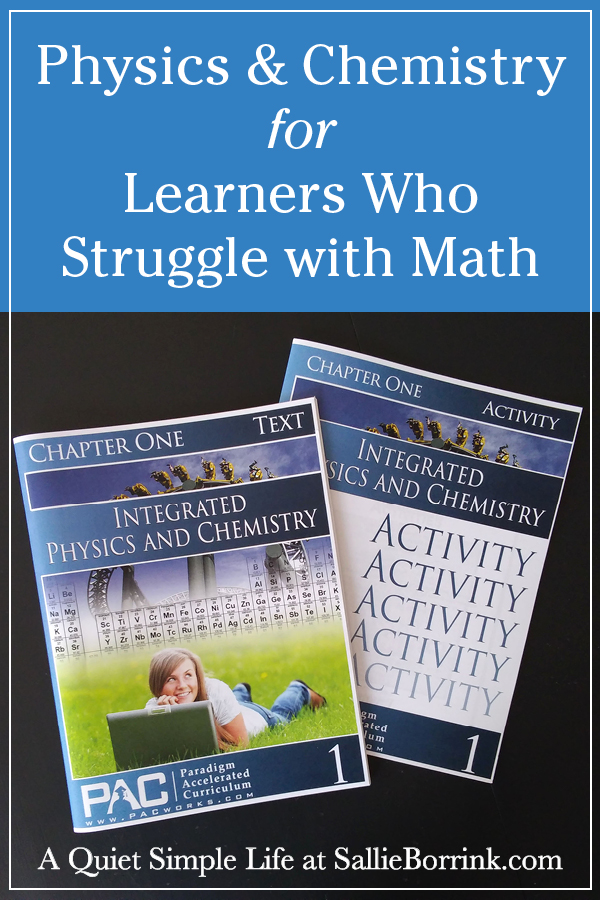
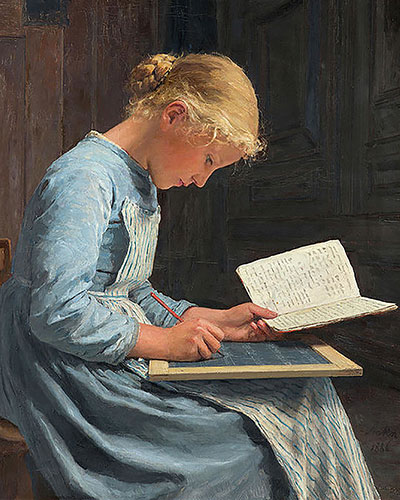



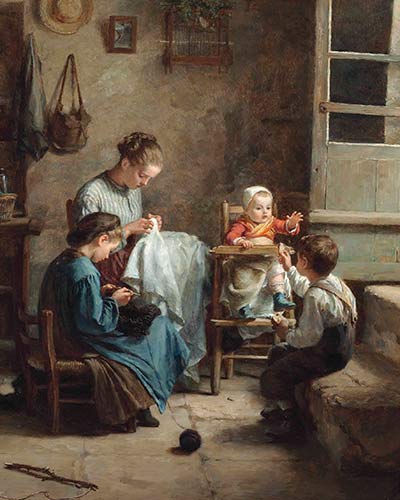


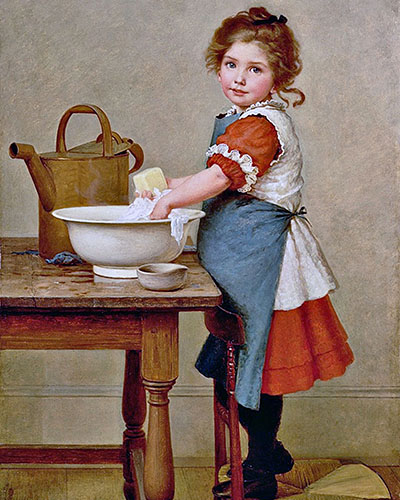

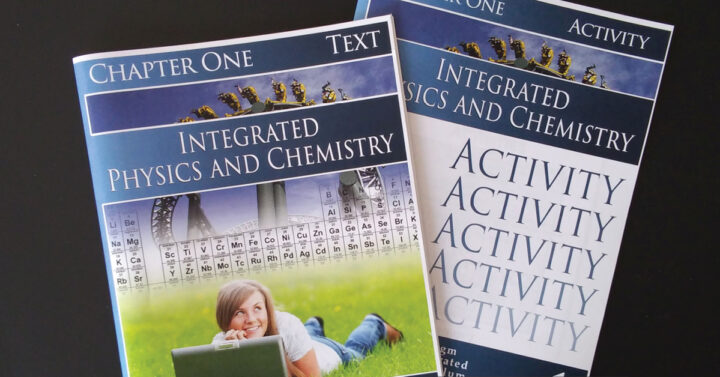





 Granola Bars with Rice Krispies
Granola Bars with Rice Krispies
Thank you for this review–this is exactly something my son needs: upper level HS science courses (my personal weakness) and he is also dys-lexic/graphic/calculic…so I’ve saved this to look at later in a year or two when he’d be ready for this type of material. It does look a bit cluttered, though, and I wonder if he’d see that and have a knee-jerk reaction. He LOVES science but following through a specific program has been very hard. Thankfully so far (he’s in gr. 7) we’ve done tons of reading aloud and hands-on work, along with a science experiment co-op, though I know he’ll need more when he’s in high school.
Please keep reviews like this coming! I love to see what other homeschoolers in this bracket are doing for their kids when a traditional program just isn’t working.
Hi Sarah,
I don’t know if you will see this, but I just saw your comment when I linked to this post today. I hope you are able to find what you need.
We’re heading into high school this fall so I’m spending a lot more time thinking about it all!
Thank you for the comment.
Sallie